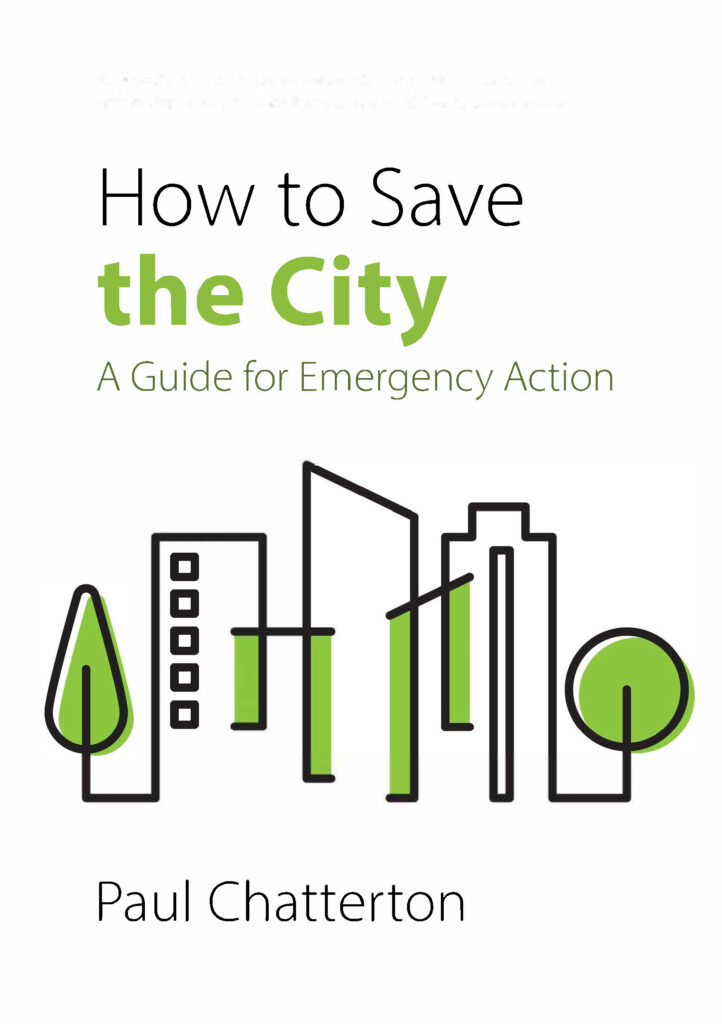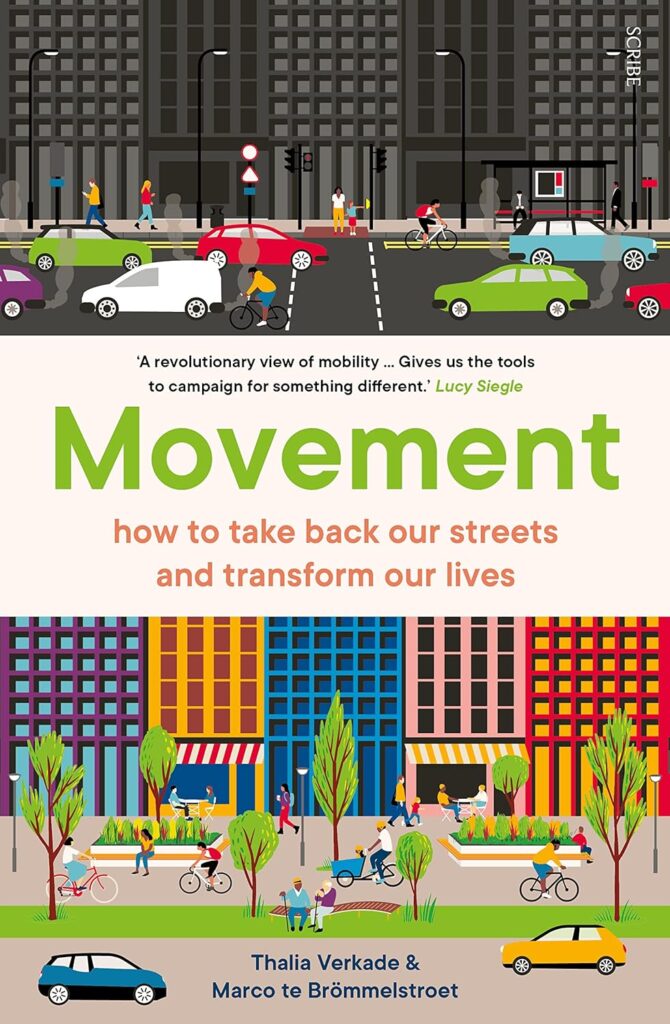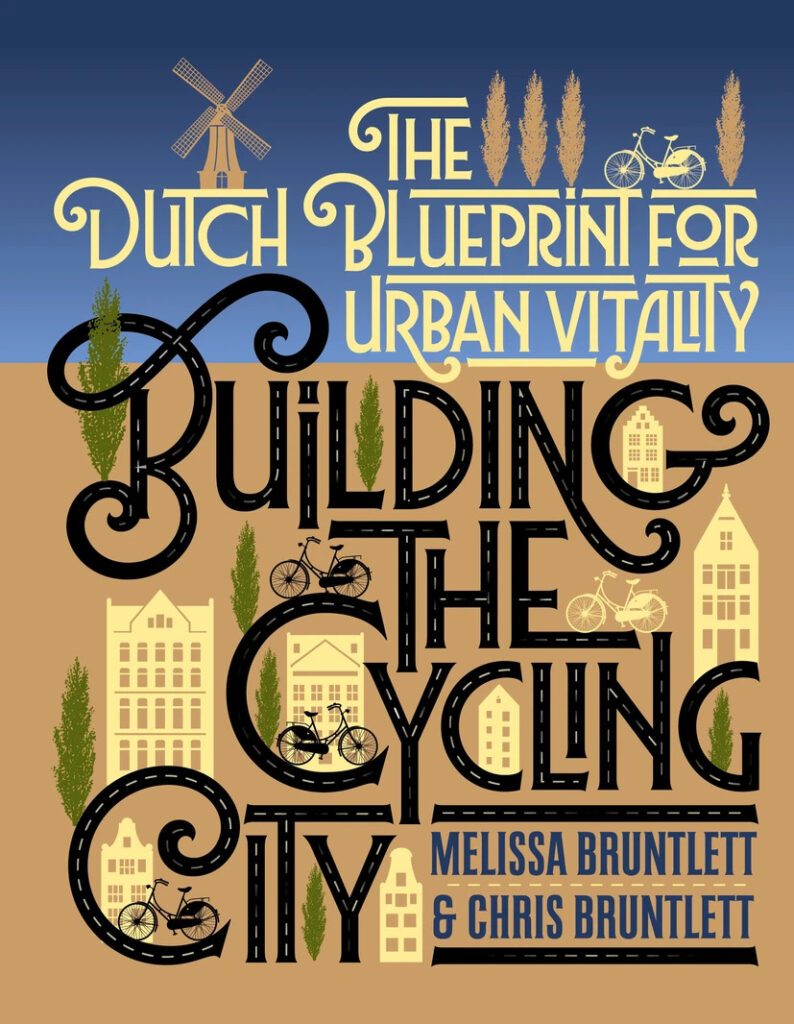There are many local streets that might be considered safe to ride a bicycle, but a neighbourhood bikeway will be a specially selected route considered to be an important corridor and part of a larger overall network, providing meaningful connections between other bike routes, origins and destinations.

What is it about?
How do we design cycling infrastructure? Experts often take a systematic bird’s-eye view of infrastructure, without thinking about user experience. However, the crucial question is how the experiences of bicycle users can help in designing, redesigning and improving quality criteria. Except Bicycles is one of the best resources that focuses on a human-centred design approach to planning better neighbourhood bikeways. It seeks to discuss neighbourhood bikeways from a critical perspective, making it a valuable handbook for planning and designing safe environments with low traffic for cycling.
Except Bicycles, the sign, and this book’s namesake is a traffic sign that permits people riding bicycles to pass through, whilst requiring drivers to turn left or right, thus reducing the volume of traffic on the road and making it safer and more comfortable for people riding a bicycle.
(p. 5)
Roy Symons, the author, is a cyclist and designer who wants to vividly describe the design principles of neighbourhood bikeway based on his experiences. He believes that a well-designed neighbourhood bikeway provides an excellent opportunity to create a coherent cycle network with meaningful connections between cycle routes, origins and destinations.
After an introduction, the book documents the design of neighbourhood bikeways including how to Pick the Right Route, Remove Through Traffic, Slow Drivers Down, Make Passing Comfortable, Mark the Route, Get People Across Busy Streets, and Create Nice places. Each chapter contains a photo, a lesson learned and a narrative text, as well as many examples of the typical features, each of which is a guide to better design. In the two examples below, you can see how the author emphasises that neighbourhood bikeways should be posted at 30 KM /H and how he explains the problem of traffic circles.


What approach does it take?
Except Bicycles uses a photo essay method (including taking photographs, recording thoughts, and writing diaries) to explain different aspects of neighbourhood bikeways with many examples of their typical features. Fietspad and Bike Lanes are two other books written by Roy Symons. Bike Lanes describes the principles of planning and designing bike lanes and Fietspad explains how we can look at Dutch cycling infrastructure to understand the Dutch urban fabric and draw lessons that can be considered in other contexts.
The combination of photography and narration is the main characteristic of all three books. As I mention before in the review of Fietspad, we can consider the author’s approach as a form of “cycling auto-ethnography” where the description of the researcher/author’s lived experiences is the key element.
Who might be interested in this book?
The book will appeal to anyone who wants to explore the principles of planning and designing cycling infrastructure through user experience. This book is an excellent resource for planners, designers, practitioners and cycling communities who want to better understand how to make neighbourhood bikeways more user-friendly.
Further details
- Academic disciplines: Mobilities, planning, design.
- Geographical scope: Canada.
- Relation to cycling: cycling infrastructure is central in this book; through a photo essay approach utilizing different perspectives, the book presents many examples of the typical features you will find along a neighbourhood bikeway.
- Author website: www.rollinginthecity.ca



